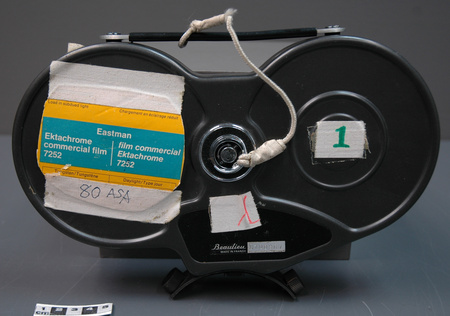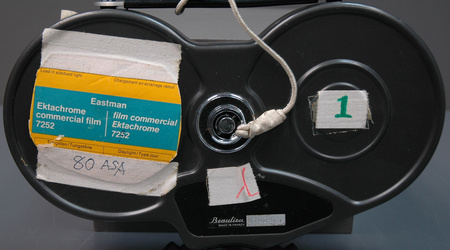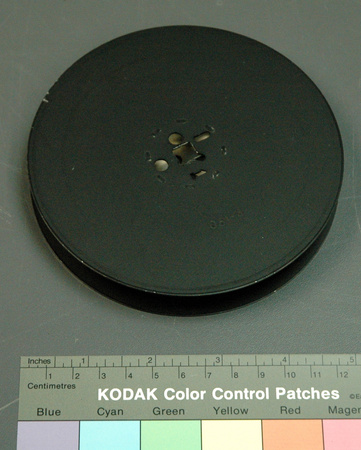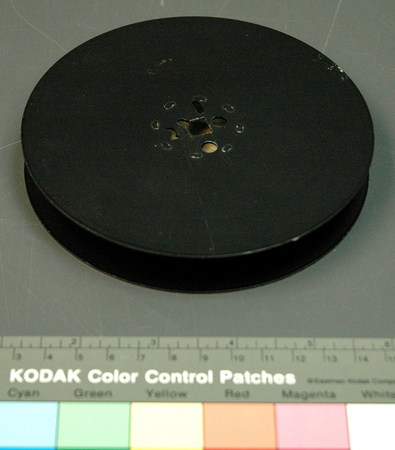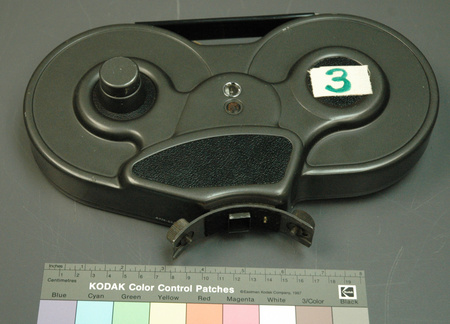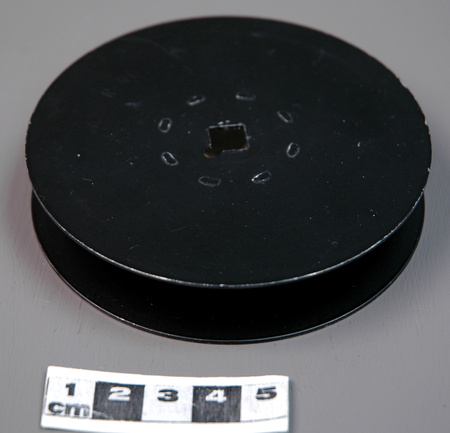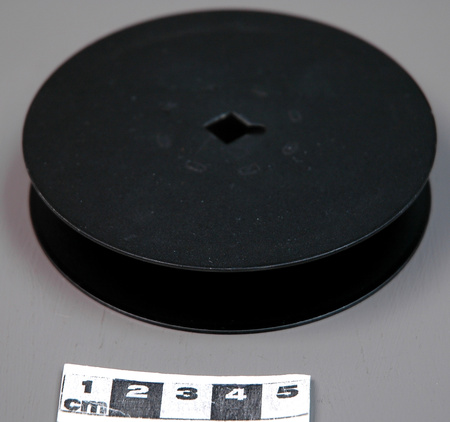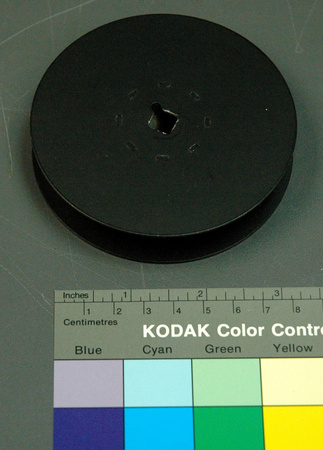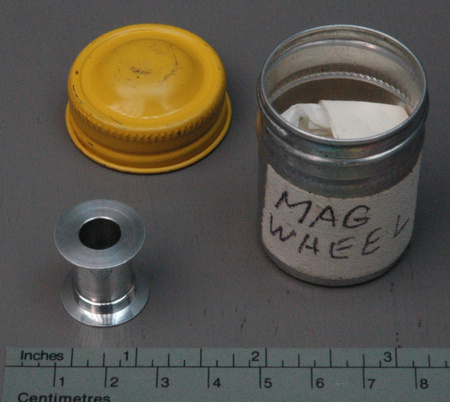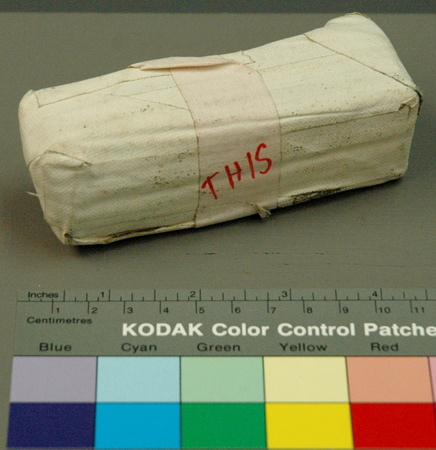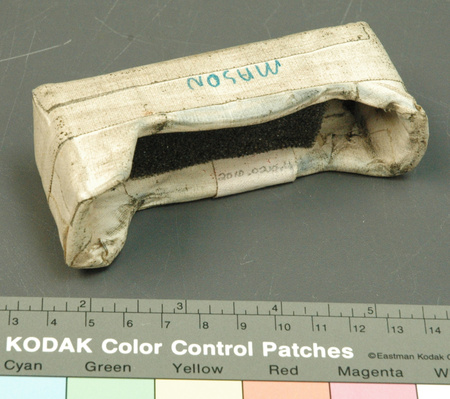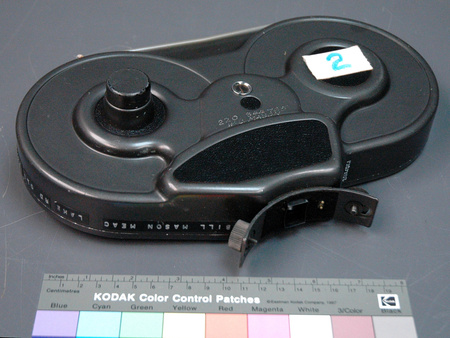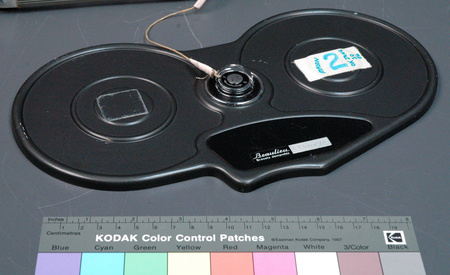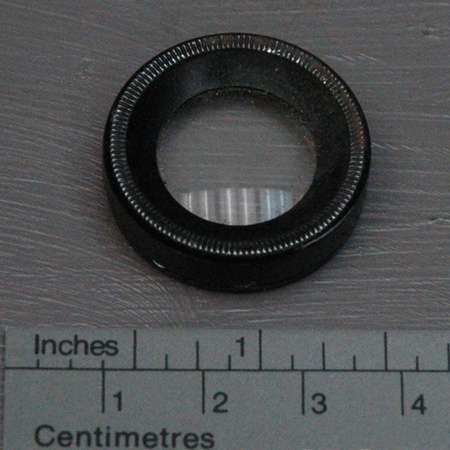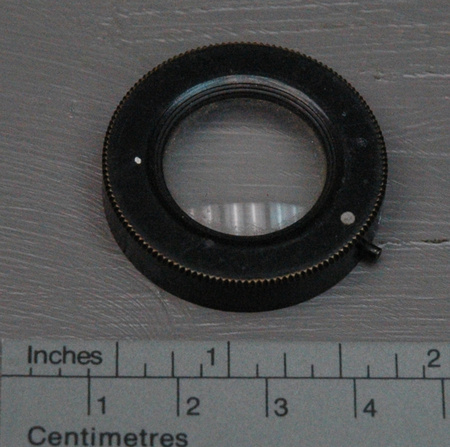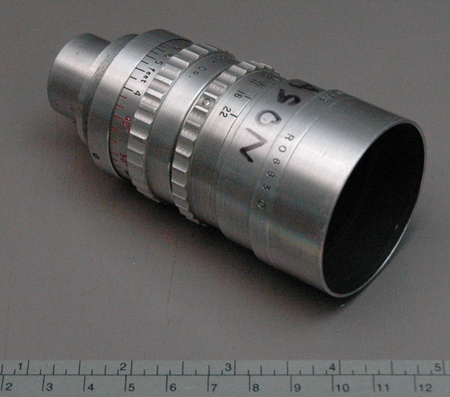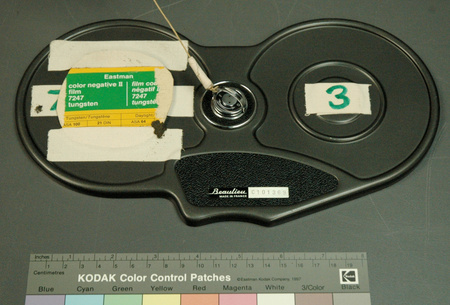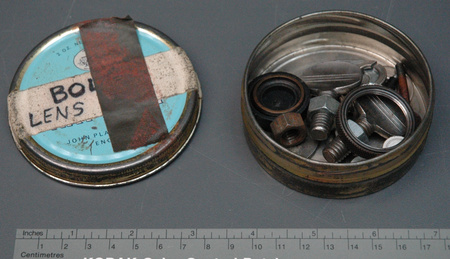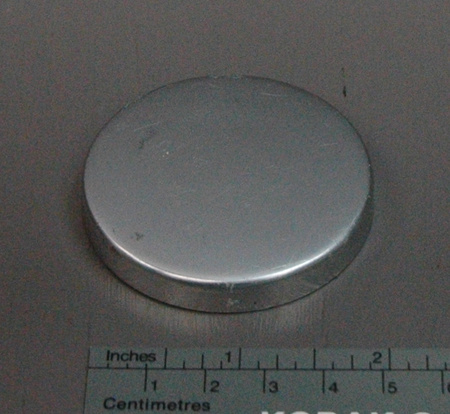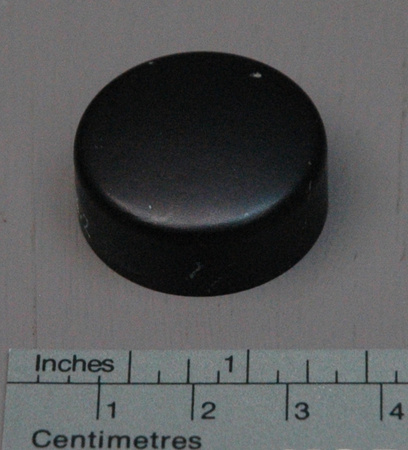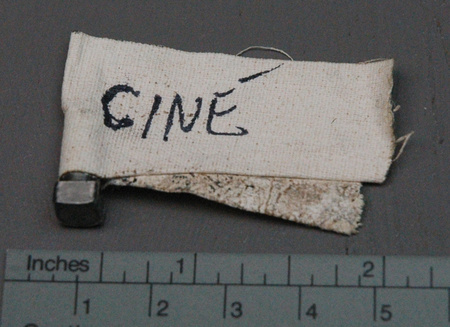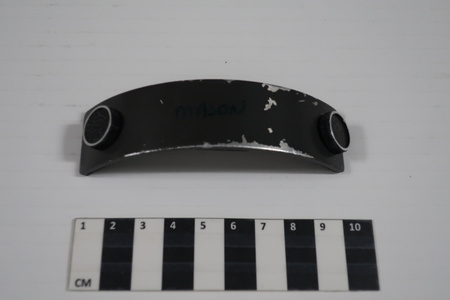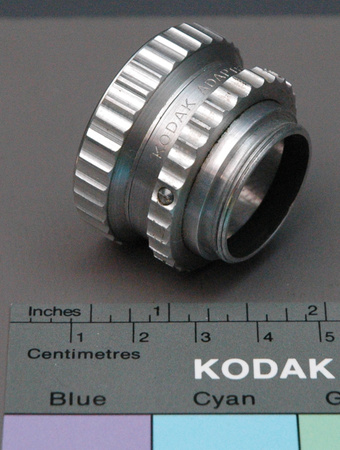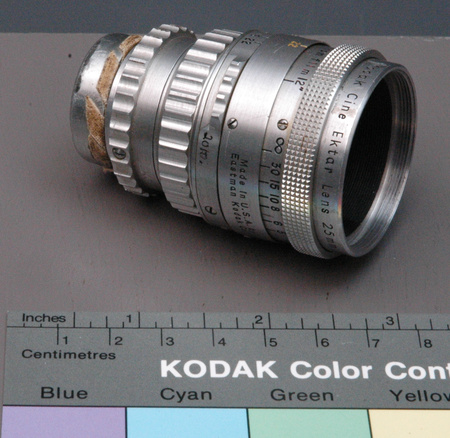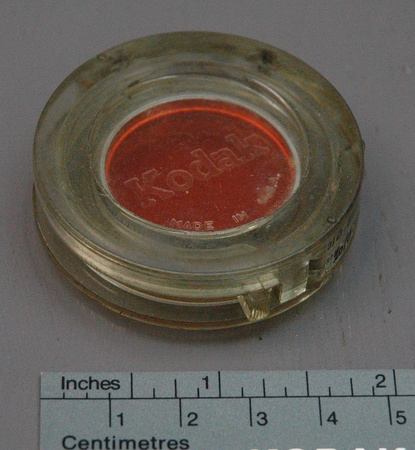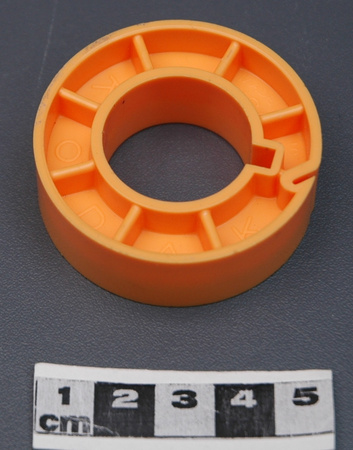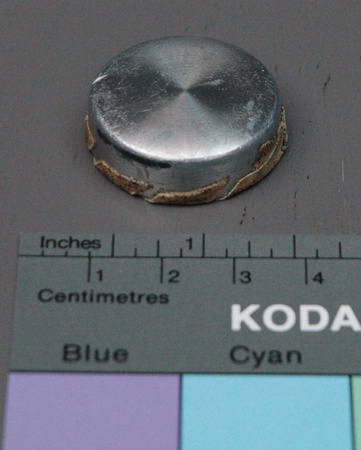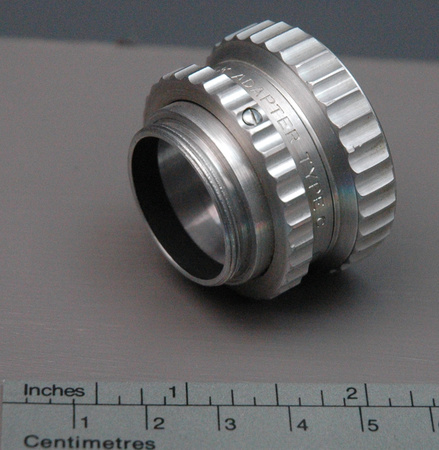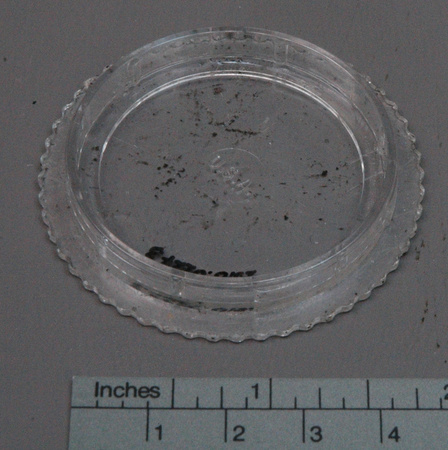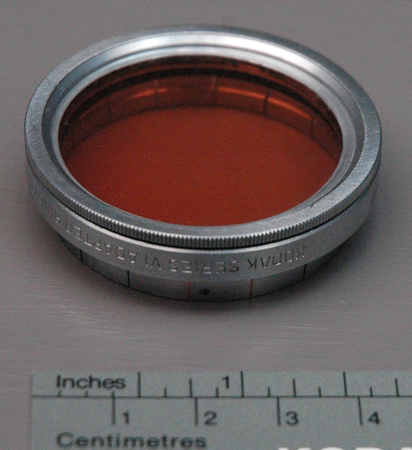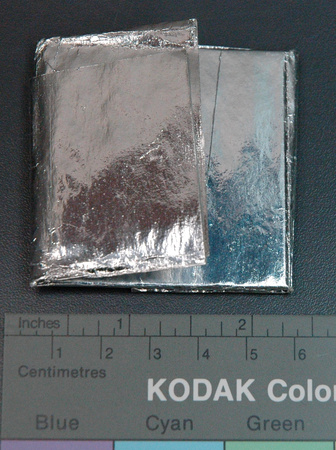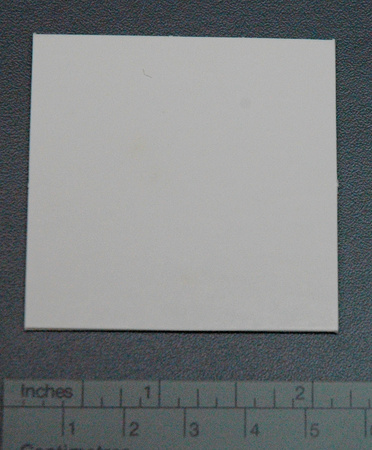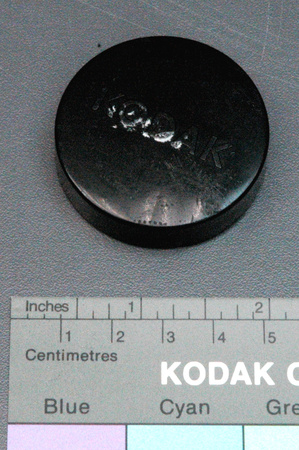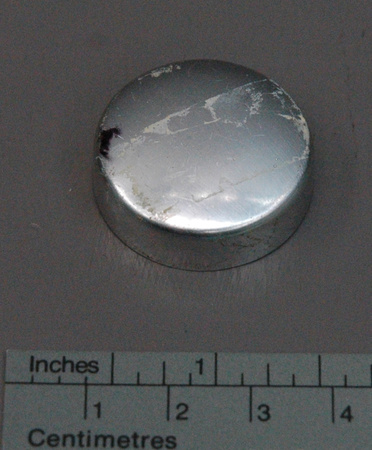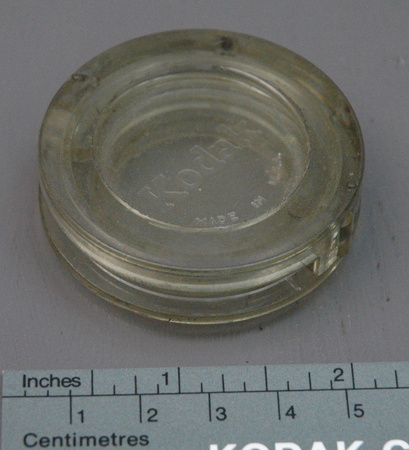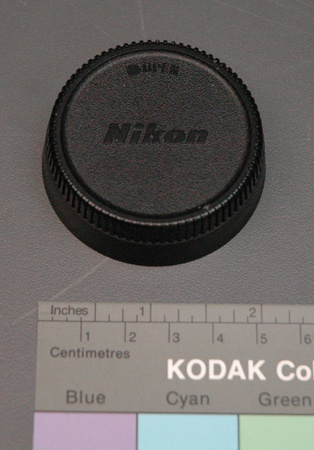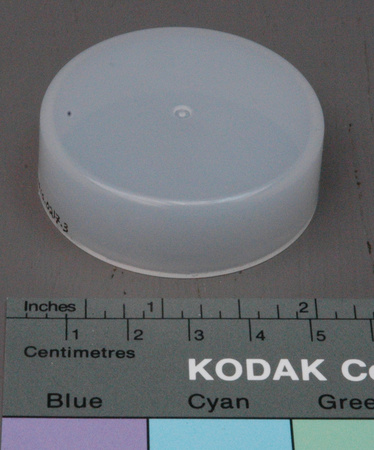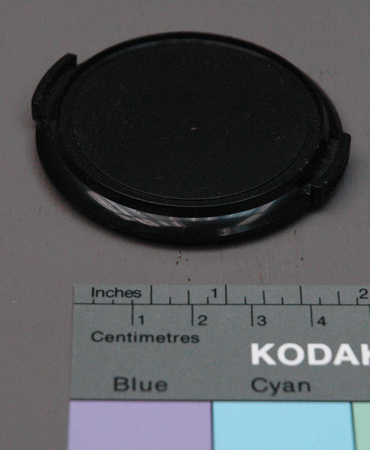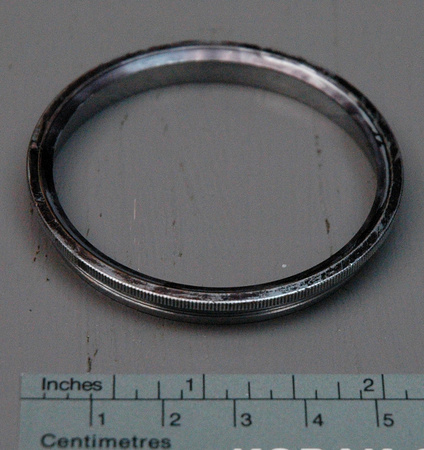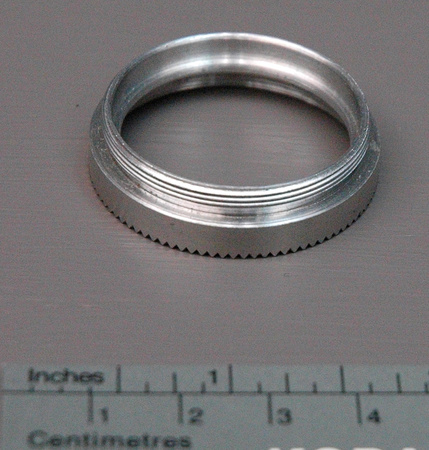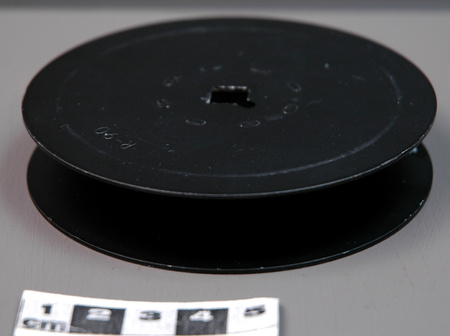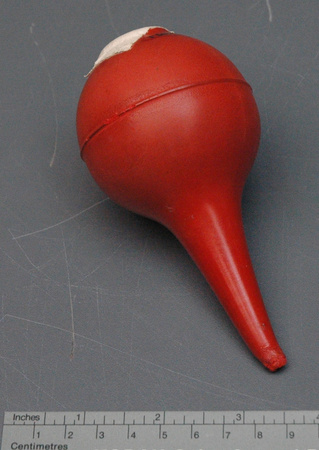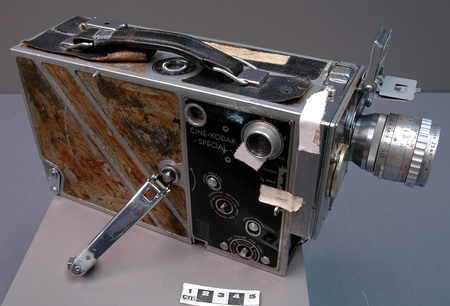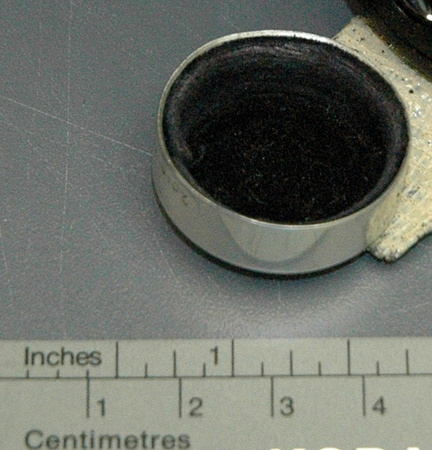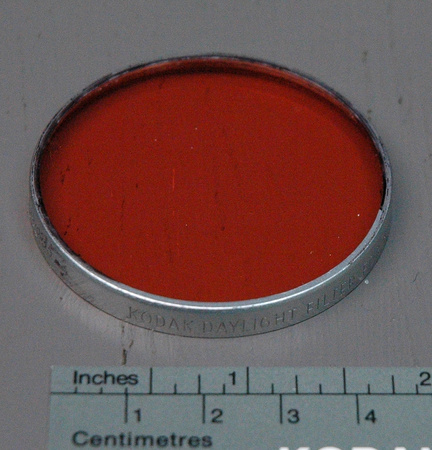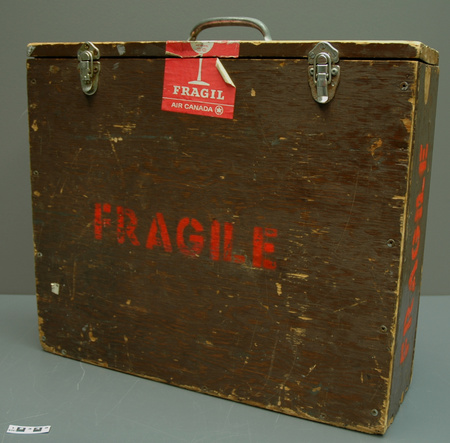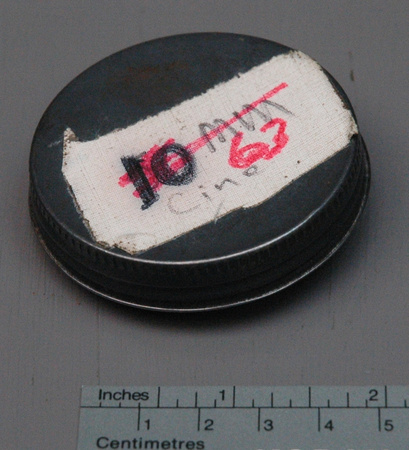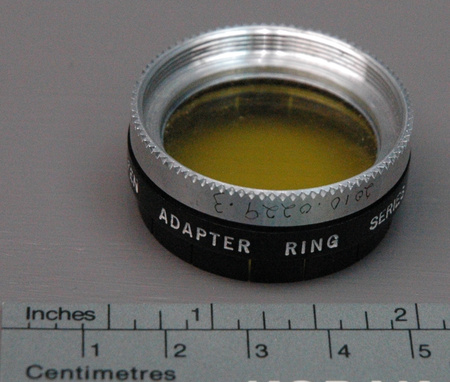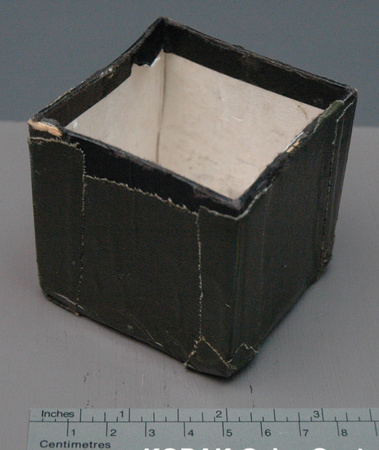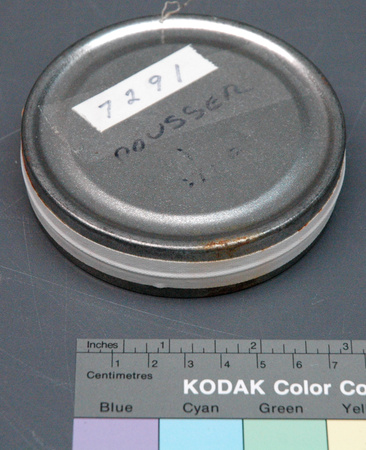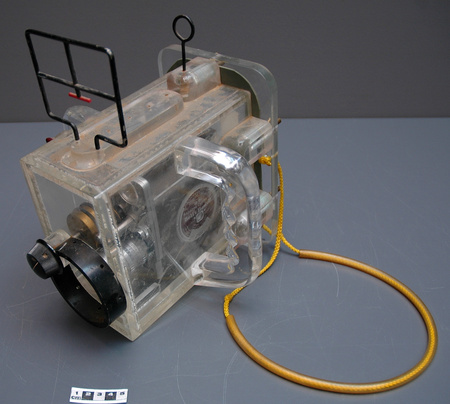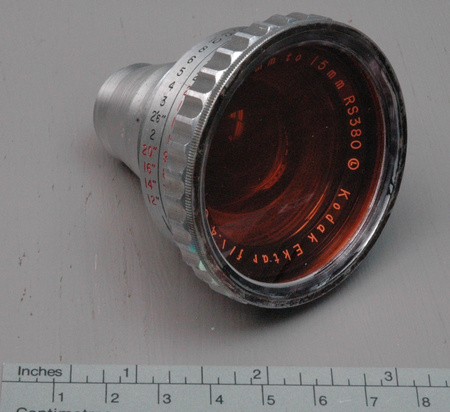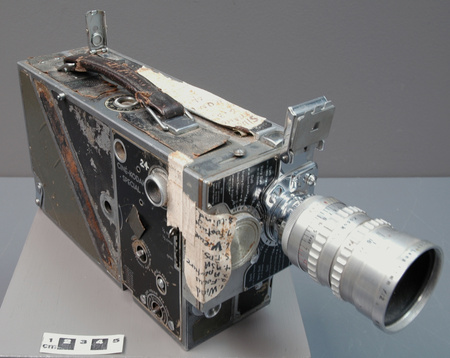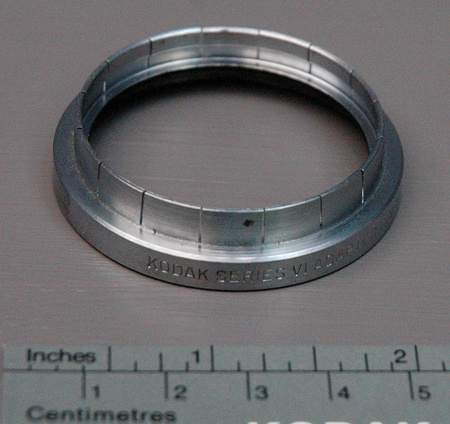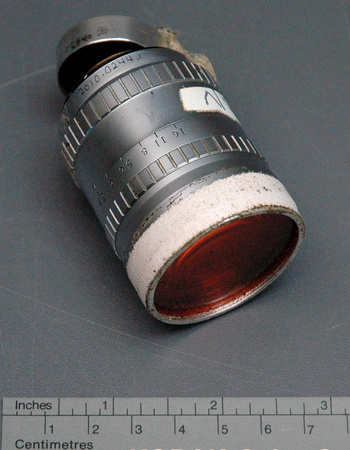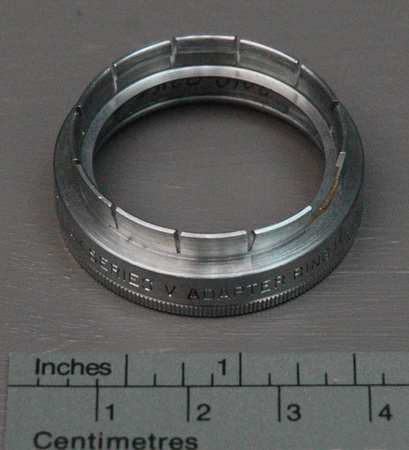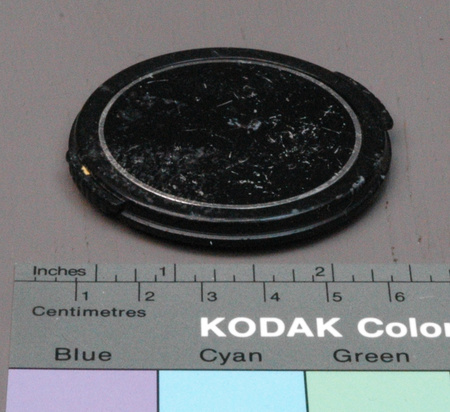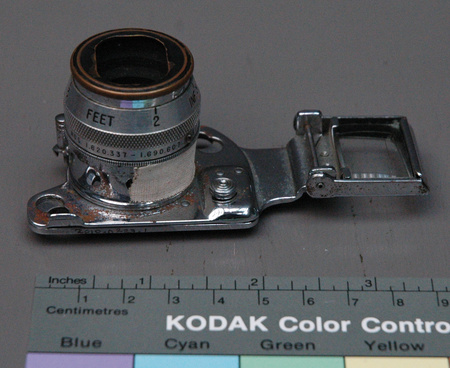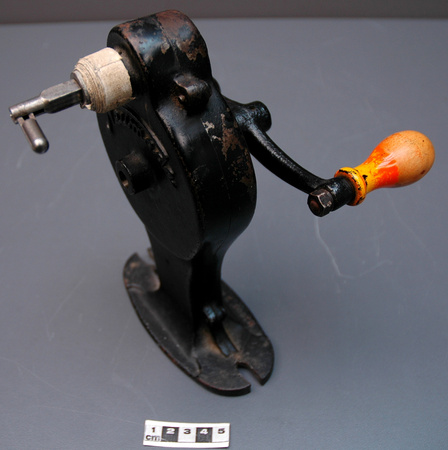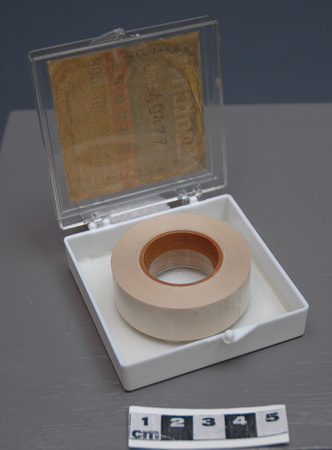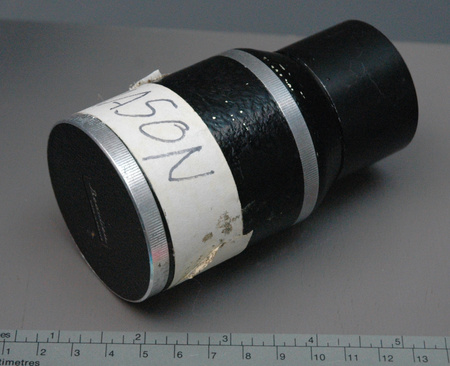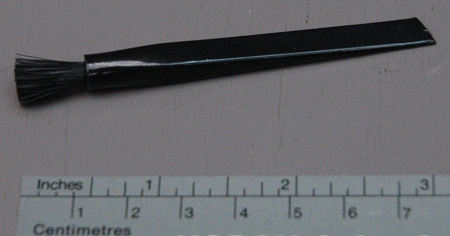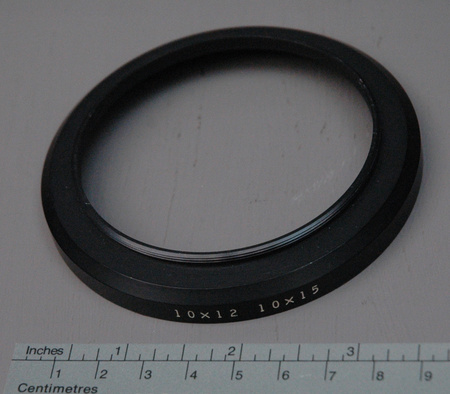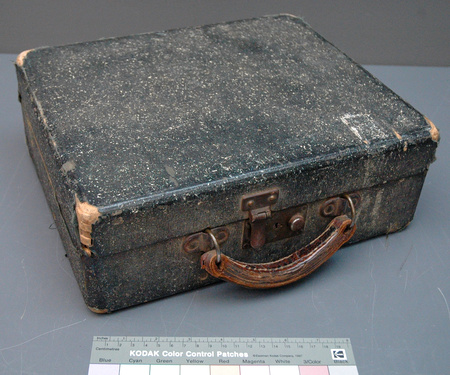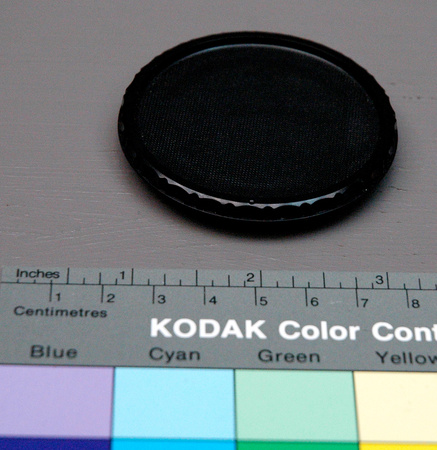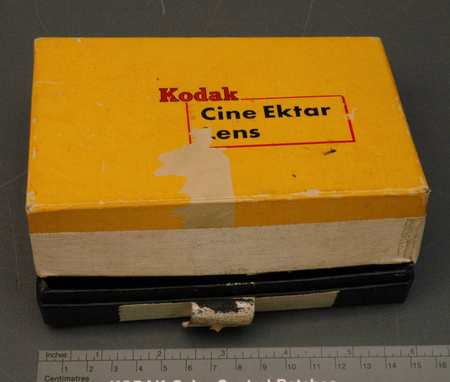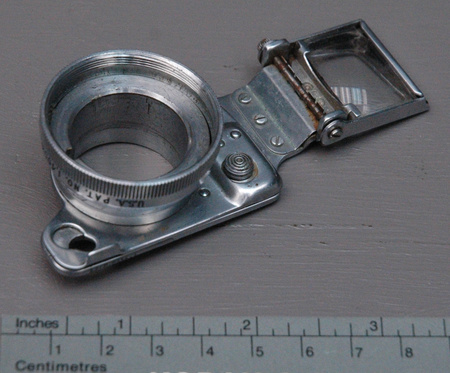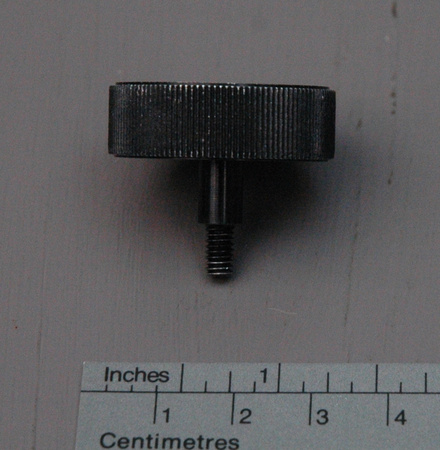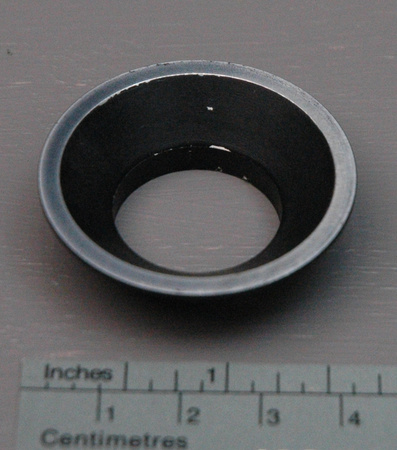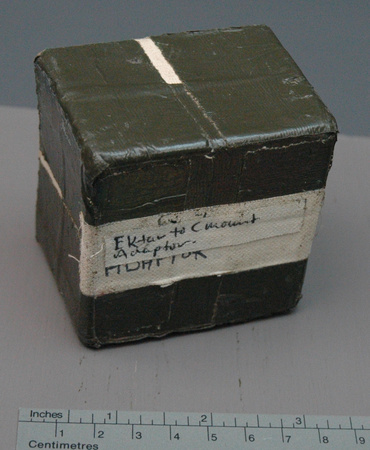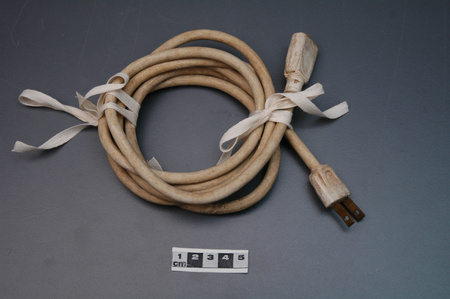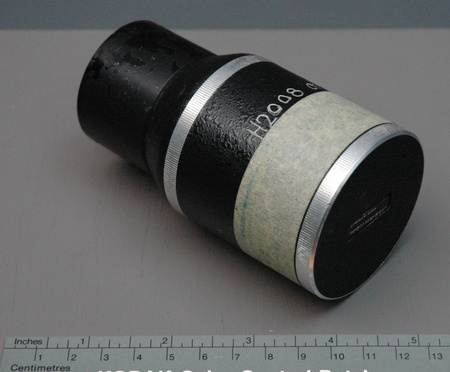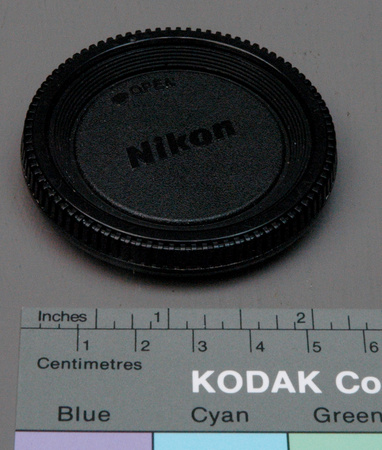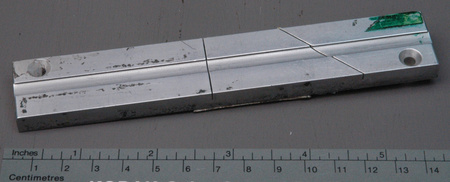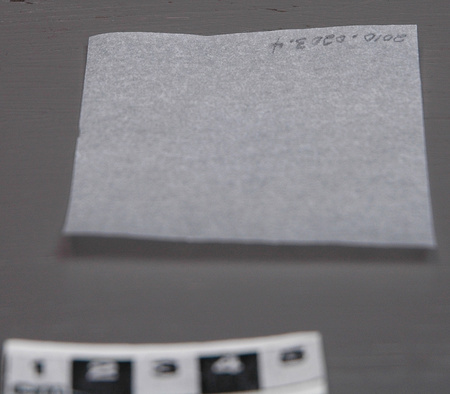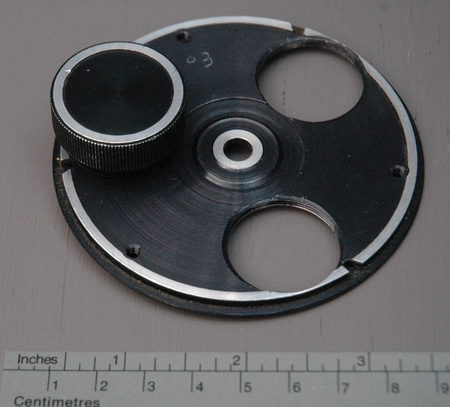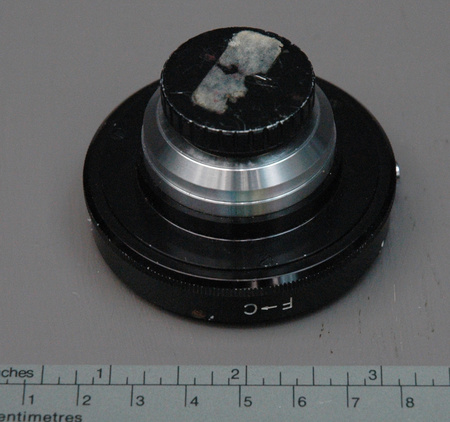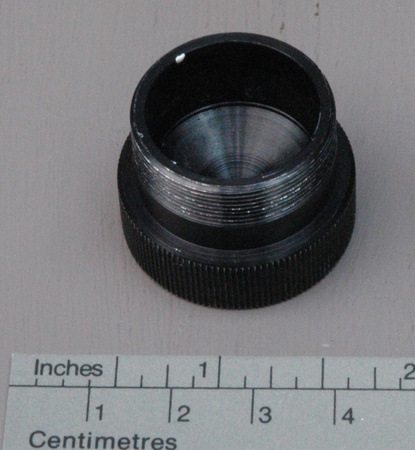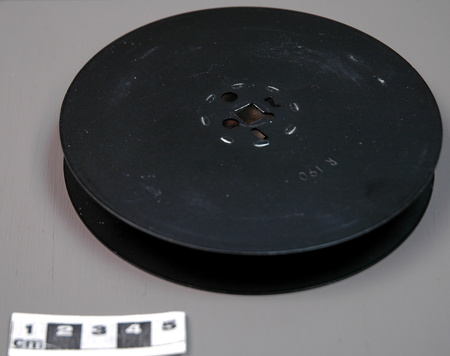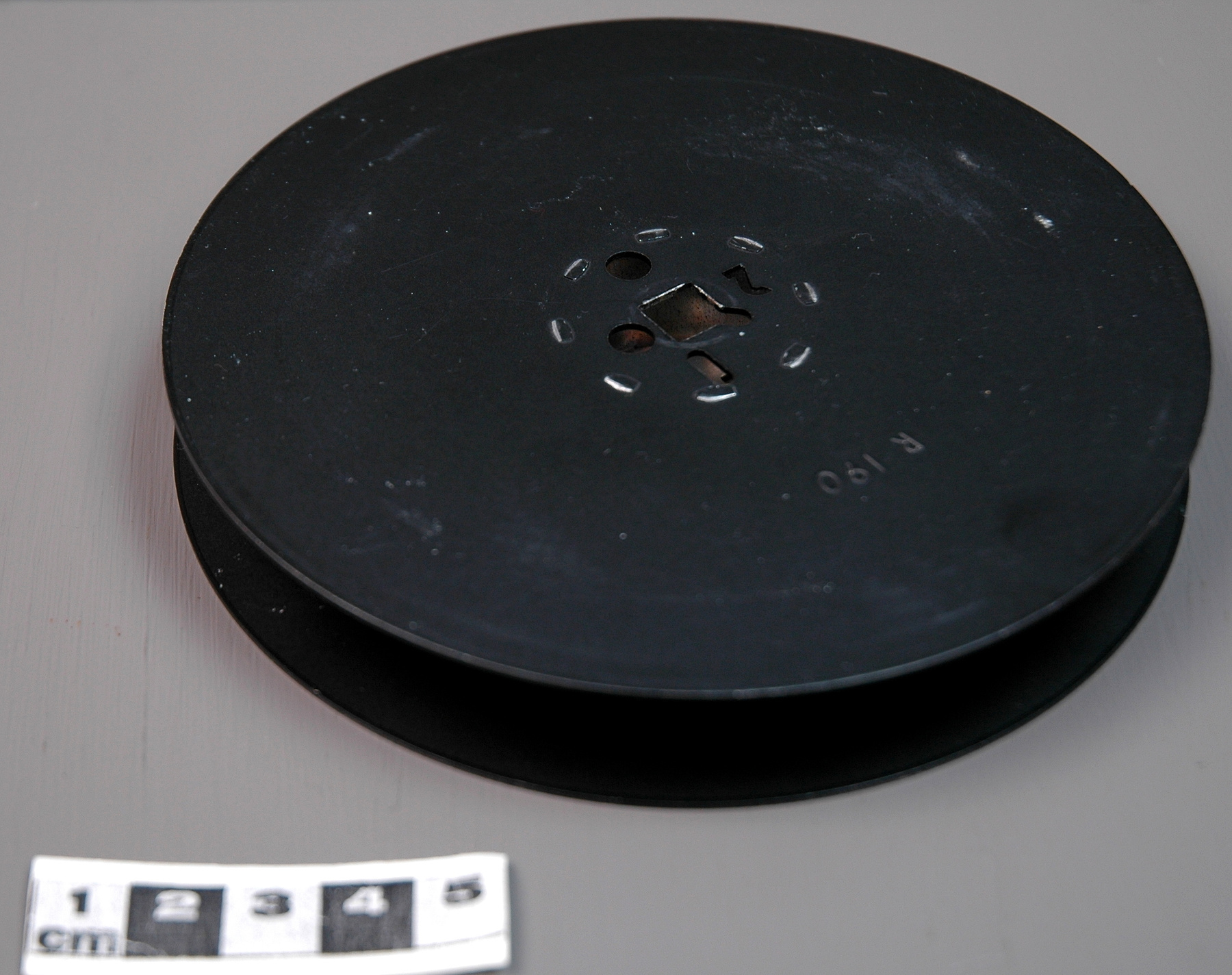Reel, film
Use this image
Can I reuse this image without permission? Yes
Object images on the Ingenium Collection’s portal have the following Creative Commons license:
Copyright Ingenium / CC BY-NC-ND (Attribution-NonCommercial 4.0 International (CC BY-NC 4.0)
ATTRIBUTE THIS IMAGE
Ingenium,
2010.0208.003
Permalink:
Ingenium is releasing this image under the Creative Commons licensing framework, and encourages downloading and reuse for non-commercial purposes. Please acknowledge Ingenium and cite the artifact number.
DOWNLOAD IMAGEPURCHASE THIS IMAGE
This image is free for non-commercial use.
For commercial use, please consult our Reproduction Fees and contact us to purchase the image.
- OBJECT TYPE
- 16mm
- DATE
- 1965
- ARTIFACT NUMBER
- 2010.0208.003
- MANUFACTURER
- Unknown
- MODEL
- R-190
- LOCATION
- Unknown
More Information
General Information
- Serial #
- N/A
- Part Number
- 3
- Total Parts
- 3
- AKA
- take-up reel
- Patents
- N/A
- General Description
- All metal reel painted black.
Dimensions
Note: These reflect the general size for storage and are not necessarily representative of the object's true dimensions.
- Length
- N/A
- Width
- N/A
- Height
- 2.3 cm
- Thickness
- N/A
- Weight
- N/A
- Diameter
- 12.5 cm
- Volume
- N/A
Lexicon
- Group
- Photography
- Category
- Cine camera accessories
- Sub-Category
- N/A
Manufacturer
- AKA
- Unknown
- Country
- Unknown
- State/Province
- Unknown
- City
- Unknown
Context
- Country
- Canada
- State/Province
- Quebec
- Period
- Unknown
- Canada
-
Owned and used by Canadian film maker Bill Mason, who achieved international recognition for his wilderness and canoeing documentaries in the 1960s and 1970s. - Function
-
Circular frame upon which film is wound for insertion into a camera. - Technical
-
The Bill Mason collection consists of typical cameras and other equipment in the 16 mm format widely used by documentary film makers in Canada in this period. The R16 [cine camera] has an internal capacity for 50-foot or 100-foot film spools, with the option of attaching an external 200-foot film magazine that gives up to five minutes of continuous shooting at the 24 frames per second (the standard speed for sound films). This example includes three Beaulieu 200-foot magazines. An Eastman Kodak label taped to one indicates that it was once loaded with Eastman Ektachrome Commercial Original 7252 film. Available from 1970 to 1985, this colour reversal film was Mason’s preferred stock during this period. Ektachrome 7252 (also known as ECO) was actually an indoor film with a low sensitivity and was even less sensitive when used outdoors with the necessary 85 filter. Mason selected this stock for its high density, which produced a sharp, low grain image. Mason instructed NFB technicians to use “push processing” to increase the effective sensitivity (or “speed”) of the film during development. Ektachrome 7252 was the 16mm film of choice for independent film makers during the 1970s. Release prints made from 7252 originals were, according to one enthusiast, “the finest grained, most pleasantly saturated and sharpest color prints ever seen by the human eye” (Lipton, 81). [Ref.1] - Area Notes
-
Unknown
Details
- Markings
- "R-190" stamped into both sides of reel.
- Missing
- Appears complete.
- Finish
- All metal reel painted black.
- Decoration
- N/A
CITE THIS OBJECT
If you choose to share our information about this collection object, please cite:
Unknown Manufacturer, Reel, film, circa 1965, Artifact no. 2010.0208, Ingenium – Canada’s Museums of Science and Innovation, http://collection.ingenium.ca/en/id/2010.0208.003/
FEEDBACK
Submit a question or comment about this artifact.
More Like This
